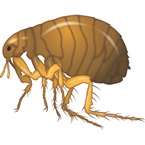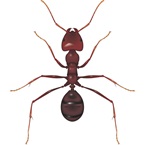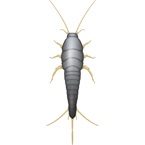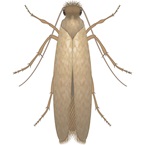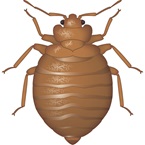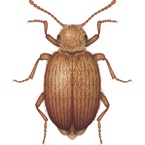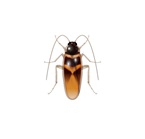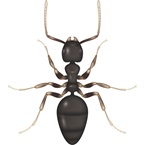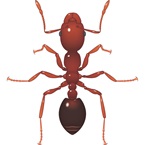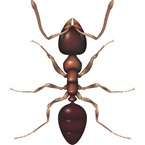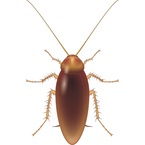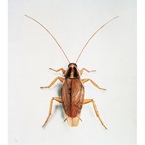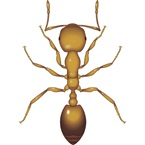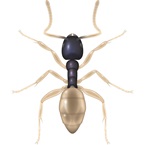Classification
Scientific name: Araneae
Spiders are not insects and their species vary considerably in size. There are more than 35,000 species of spider, divided into 2 types of species:
- Primitive Spiders = vertical fang orientation
- Modern Spiders = horizontal fang direction
Smaller spiders’ average length is 4-8mm. Males are smaller than females. Unlike insects, spiders only have 2 distinct body sections, the Cephalothorax, which is the head and thorax combined; it features fangs, pedipalps, multiple eyes and legs, and the abdomen which contains the spinnerets at the rear, which are sophisticated glands that spin the silken webs.
There are many spider species present all across India.
Most species prefer to live outdoors and feast on insects. Generally, spiders indoors are males hunting for females. Sometimes, spiders come inside for warmth if the temperature drops outside.
Behaviour
Most spiders are harmless and play an important role in controlling the insect population. Spiders emit silk, ejecting a liquid which turns to silk when it meets the air.
Autumn is breeding season. Female spiders plump up to attract a male. The spider’s mating ritual is complex. Males must avoid getting eaten by the female and start by creating a web bed to lay sperm. They pick up the sperm in pedipalps by the mouth and inseminate the female. Some males dazzle the female to stop her reacting aggressively.
Spiders use venom to paralyse their prey and eat at leisure. Some species venom is deadly.
Risks
Spiders are typically a nuisance rather than harmful. They reproduce quickly and create cobwebs in hard to reach areas.
Most species use their venom on invertebrates rather than humans.
Most spiders are harmless and the bites cause localised pain, redness and swelling. Humans can have allergic reactions which includes feelings of nausea, dizziness and in extreme cases, necrosis.

